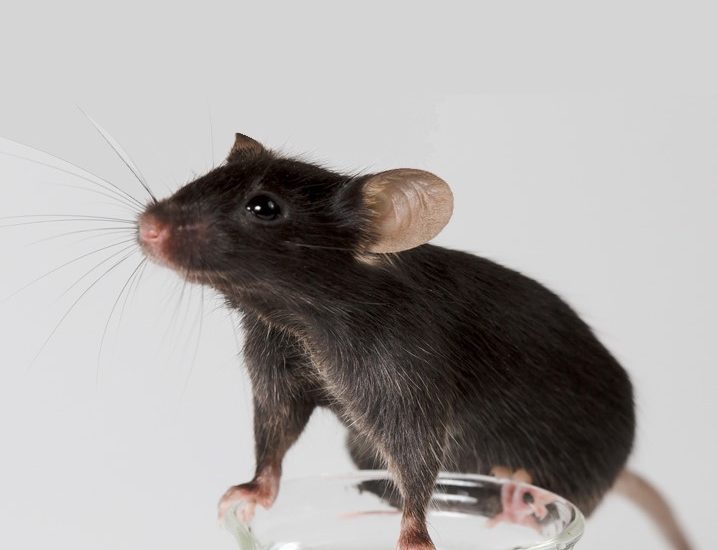Lab Animals and their Microbiomes: Awareness for Research
- 16th February 2021
- Posted by: Breige McBride
- Categories: Articles, Microbiome

Research into human microbiomes and how differences in these can influence drug response is well known. Of more recent focus is how the microbiomes of animals used in preclinical testing can also affect the results gained during drug development. How do differences in preclinical models’ microbiomes affect new drug development, and what do you need to be aware of?
What is the microbiome?
A microbiome is the collection of genomes from all the microorganisms found in a particular environment. Microbiomes are individual to each organism; the diversity in microbiomes between individuals can be large, and there are a number of specific and separate microbiomes present per individual which can be found in locations such as on the skin or in the gastrointestinal tract.
But when it comes to preclinical experiments, how important are differences in an animal’s microbiome? A PLoS Biology study found that US$28B per year in the United States is spent on preclinical research that is not reproducible, and while this will not be fully down to microbiome differences in research models, any ability to reduce the amount of money spent on unreproducible preclinical research would benefit clinical research.
What causes these differences?
Much like with humans, differences can occur for many reasons.
Assuming the same species of animal is being used for research, one of the major causes of microbial difference is the environment that the animals are raised in. Simple differences such as in type of food, duration of light-dark cycles, and cage size that animals are housed in can all affect the microbial environment. Even where this is aimed to be controlled for across sites, new batches of the same food can have subtly different micronutrient compositions which cause changes to the animals’ microbiomes.
Surprisingly, minor cage setup differences such as how high a food source is from the bottom of the cage can also affect the microbiome. Lower food sources allow pups to wean earlier, which can alter their gut microbiome composition.
A final major source of differences between lab animal models is where they are bred. Different suppliers will have mice with subtly different gut microbiomes – and care should be taken to not mix between them.
The impact of microbiome differences
In humans, we know the microbiome is important due to the impact it can have on nutrition, immunity, behaviour and disease progression. It is, therefore, perhaps unsurprising that the microbiomes of animals used during preclinical phases of drug development can also play a role.
Gnotobiotic mice, where every microorganism present in their microbiomes is defined, can be both reared germ-free or with specific and known microbes. These mice can help to assess the impact that the microbiome has on drug metabolism. Increased dietary protein has been shown to reduce the microbial metabolism of some drugs; this can help direct patients or doctors towards dietary interventions (such as reducing protein intake when prescribed certain drugs) which ensures the benefits of those drugs can be maxmised for patients.
Having different populations of microbiota can explain to some extent why there are poor and good metabolisers for drugs in the overall population at both preclinical model and human trials stages.
How to reduce the impact of diverse microbiomes affecting research
There are a number of ways to mitigate the impact of diverse microbiomes affecting your preclinical research.
Using microbial cultures can ensure ongoing consistency in your research. The cultures can confirm the absence (or presence, if wanted) of bacteria in gnotobiotic models. This ongoing monitoring can also ensure that for germ-free models, no bacteria enter the population by accident. In order to reduce external contaminants, specifically for germ-free models, they should be housed in specialised isolators which can exclude contaminants and ensure the model remains germ-free.
You may, however, not want to reduce the impact of diverse microbiomes but instead capture these differences. Especially if you are conducting studies over multiple sites, tracking the variability between sites and mice can help to make better sense of the effects that the microbiome can have on preclinical results. Additionally, there have been studies to suggest that different strains of mice that are compared should be littermates, to reduce underlying differences.
Apart from having consistency in lab and cage setups between sites, simple protocol updates can include freezing all food for an individual experiment, to ensure that the food comes from a single batch to minimise effects from food differences.
However, sometimes a diverse microbiome can be useful. Having a “wilder” microbiome in your mouse models at the preclinical stage has been shown to have better results when translated into human research.
Read more
Maintaining a Static Microbiome Across Research Projects: Can It Be Done?
Minding the microbiome of your mice
Leave a Reply
You must be logged in to post a comment.

